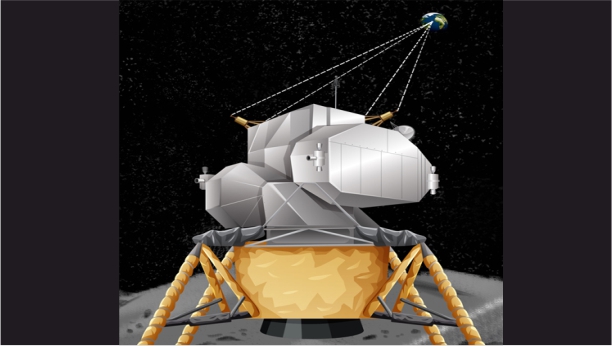
R&D professionals are generally different from others. They are highly qualified and prefer autonomy, freedom, and respect. Millennials have different orientations and expectations. Probably, the above-narrated reflections might be useful to practising managers in managing big R&D projects and talented team members.
Log In or become an AIMA member to read more articles
